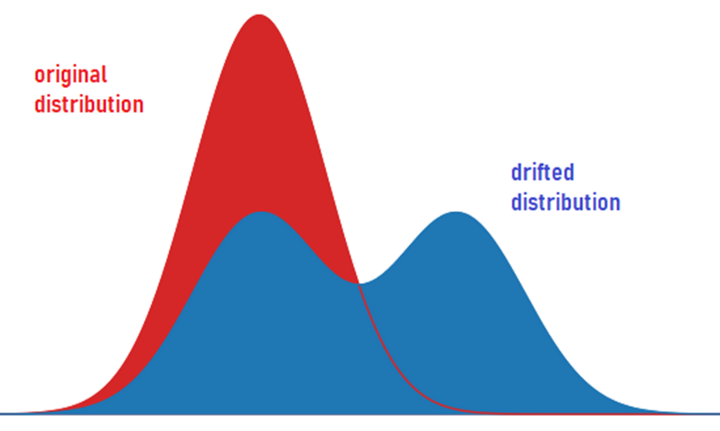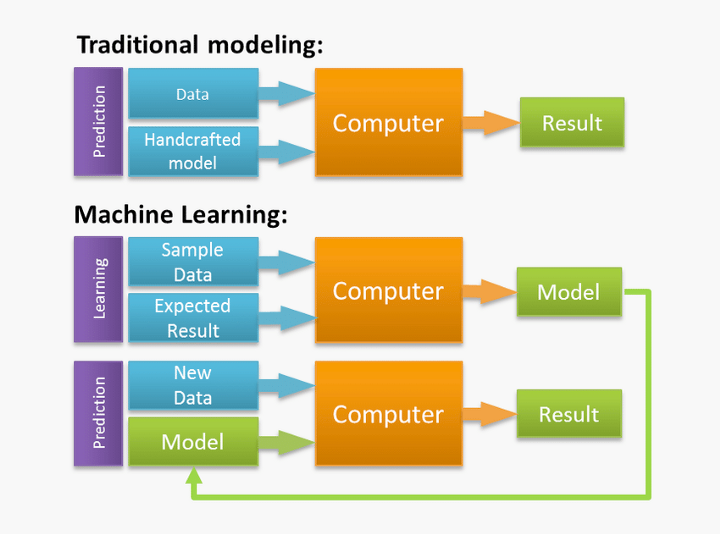What is ML-Ops? Why is it important?
Businesses around the globe use machine learning to predict their sales, profits, costs, performance, and use these predictions to build actionable insights. These insights help decision-makers to take the right decision according to the current situation after learning from historical experiences.
While ML-teams focus on modelling and SW teams focus on development, I could rarely find a team focusing on ML operations or MLOps for short. in this article, we will explain what is MLOps and why it is important.
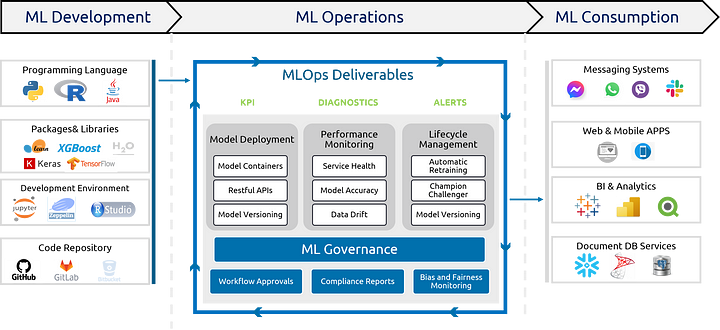
MLOPs is the operational process making the model development, deployment, and maintenance easy, fast and cost-efficient
What is MLOps?
MLOps has two interpretations, ML-Development Operations and ML-Runtime Operations. ML-DevOps focuses on taking the model from coding to production enabling the CI/CD feature (Continuous Integration/Continuous Deployment). This feature will take the code through all the stages of source control, virtualization, building, deployment, hosting and scaling.
ML-RuntimeOps focus on maintaining the model after deployment, to avoid problems such as data drift, concept drift, anomalies, discriminatory bias and underperforming segment. ML-RuntimeOps aims to detect the problems early and fix them before they happen. This basically requires enabling Continuous Evaluation, Continuous Training and Continuous Deployment of the model at the runtime. And in the worst-case scenario, it will require enabling the model-challenger to avoid service disruption.
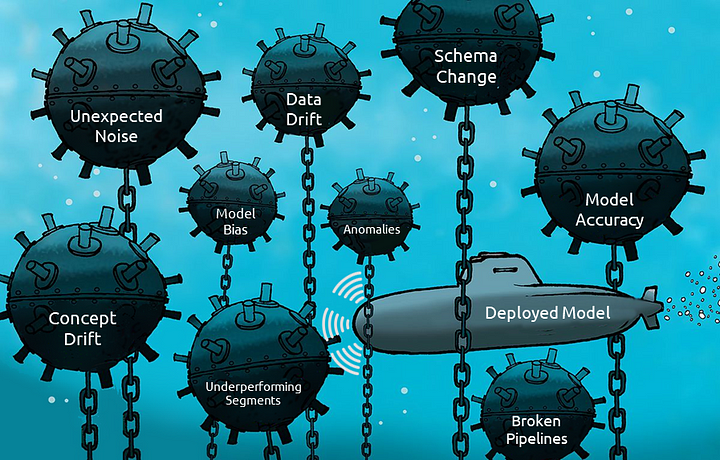
ML-RunTime-Operations detects problems before they happen, and adjust the model to mitigate them without disrupting the service or degrading the accuracy
Why MLOps Should be Automated?
MLOps require lots of human interference along every step of the road to deployment and after-deployment maintenance as well. This human interference costs a lot of effort, time and money that can be minimized via automation. Various statistical studies concluded that the manual MLOps has the following costs:
- 38% of AI projects made it to production manually become stale and hard to maintain, update or retrain
- 65% of Data Scientists’ time is spent on performing non-data science operational tasks
- Time to deploy a single model varies between 20 and 90 days for enterprise companies
- Without MLOps the operational costs will increase dramatically at the large scale in a way that outperforms the benefits coming from the AI/ML investment
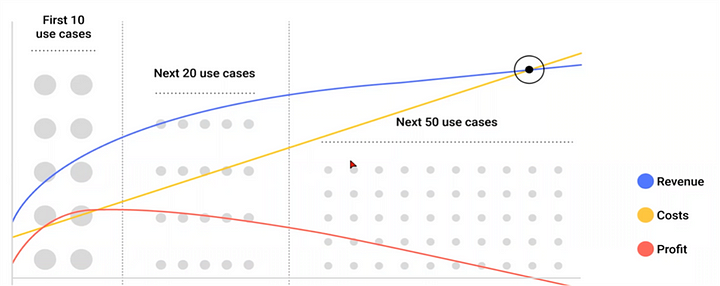
Without MLOps the operational costs of the DevOps part will increase significantly at scale in a a way that will outweigh the benefits coming from ML investment.
5. MLOps increases the average lifetime of a productionized model by at least 100% before it needs human review or training
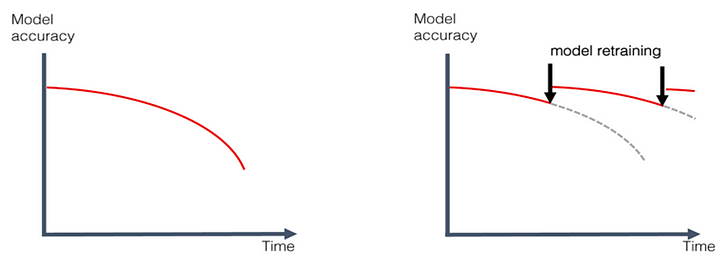
Automated MLOps enables runtime evaluation, training and deployment, which allow the model to live in production for long without human interference
6. Without MLOps, we cannot enable governance, traceability or accountability

MLOps automation is an essential need for any enterprise that has more than 5 models, especially if we considered all the pain points coming from ML manual operations and all the potential gains that can come from the automation.
In the next articles, we will explain why manual operations are not working, and how automated operations can work, then we will discuss what are how the perfect MLOps platform looks like and what are the best practices for the implementation.
Hany is an AI/ML enthusiast, academic researcher, and lead scientist @ Catch.com.au Australia. I like to make sense of data and help businesses to be data-driven
 DataWorks
DataWorks


